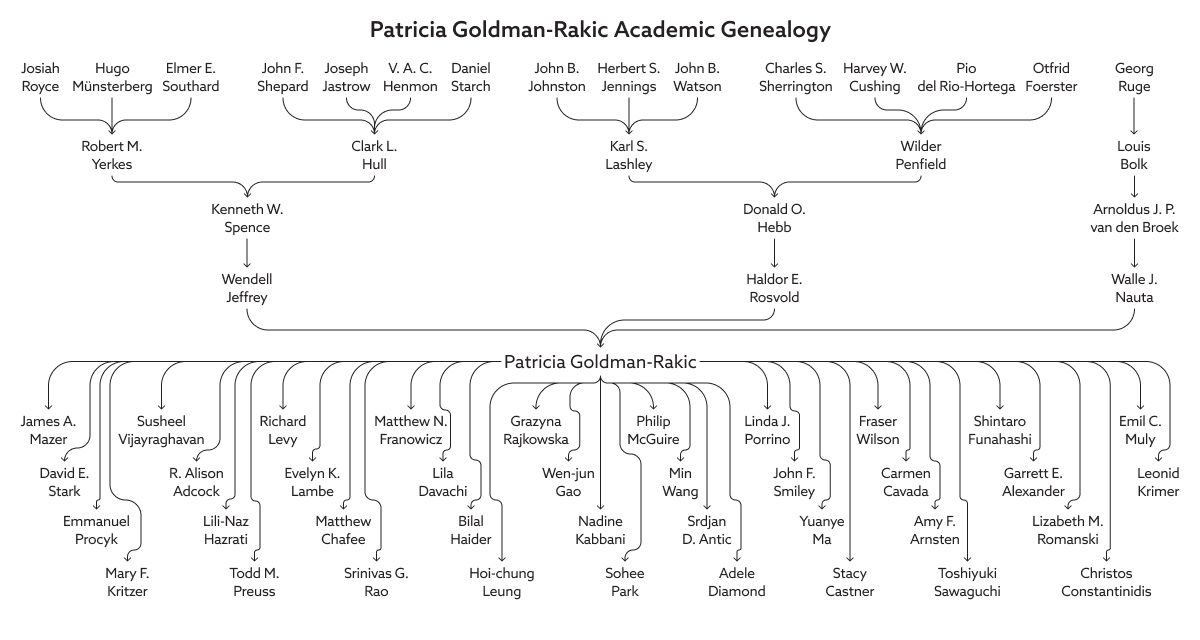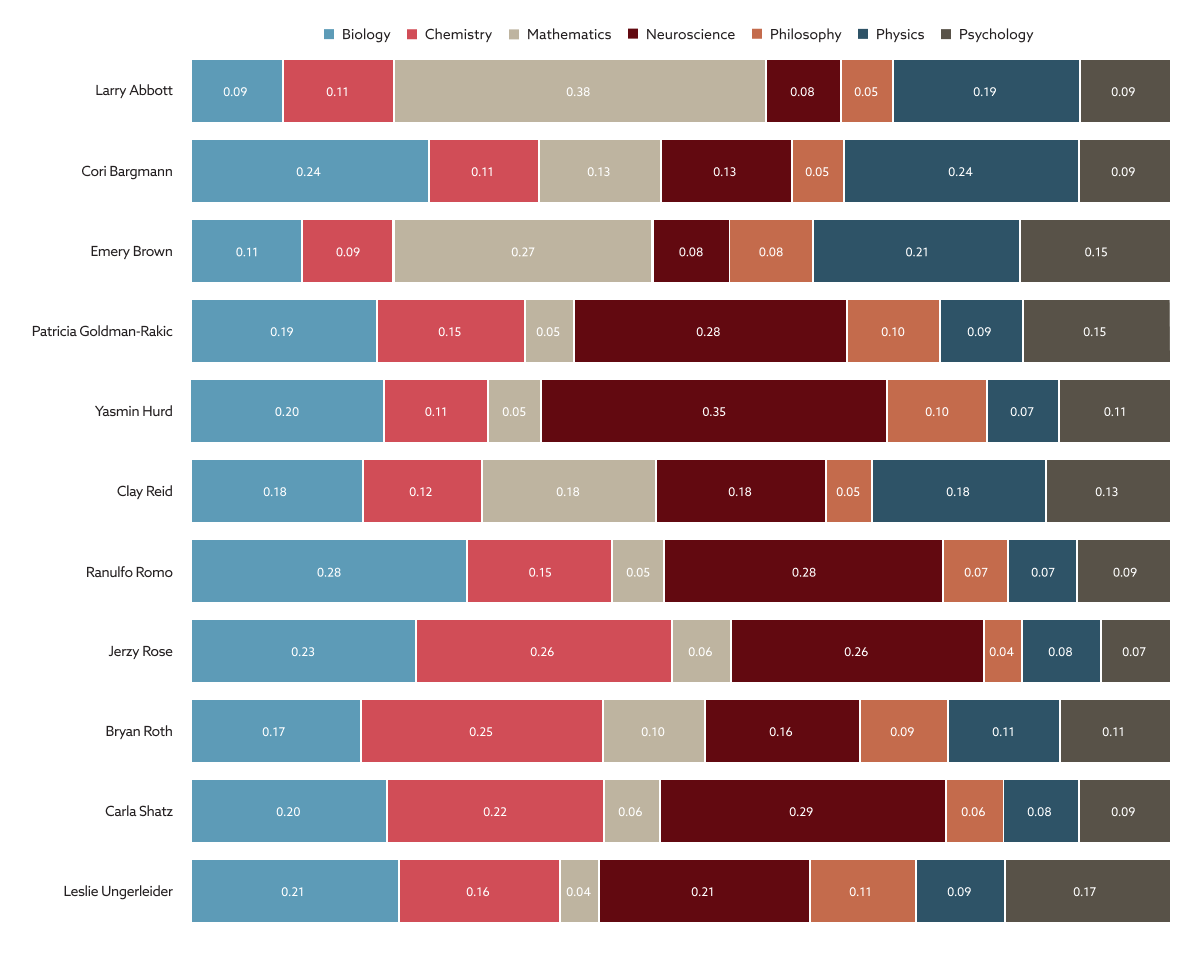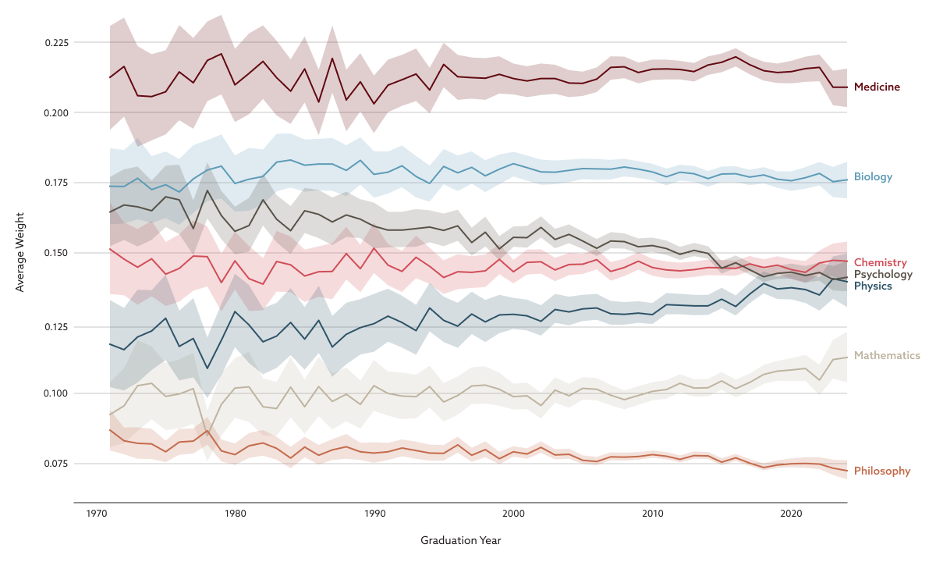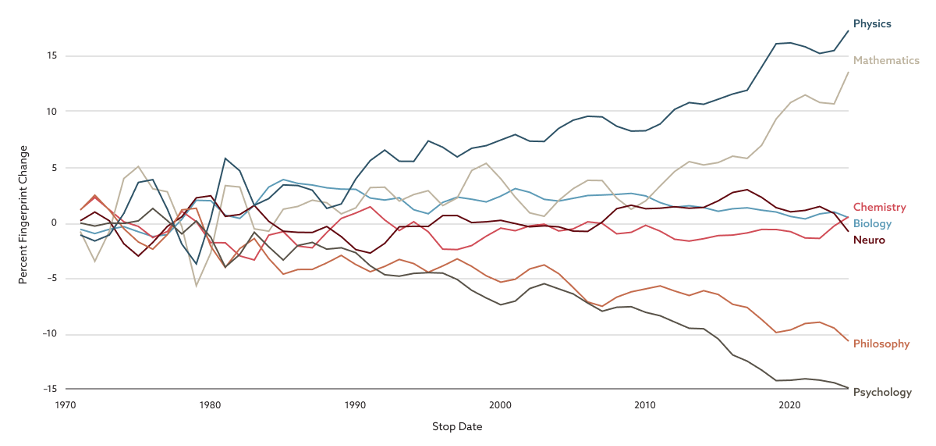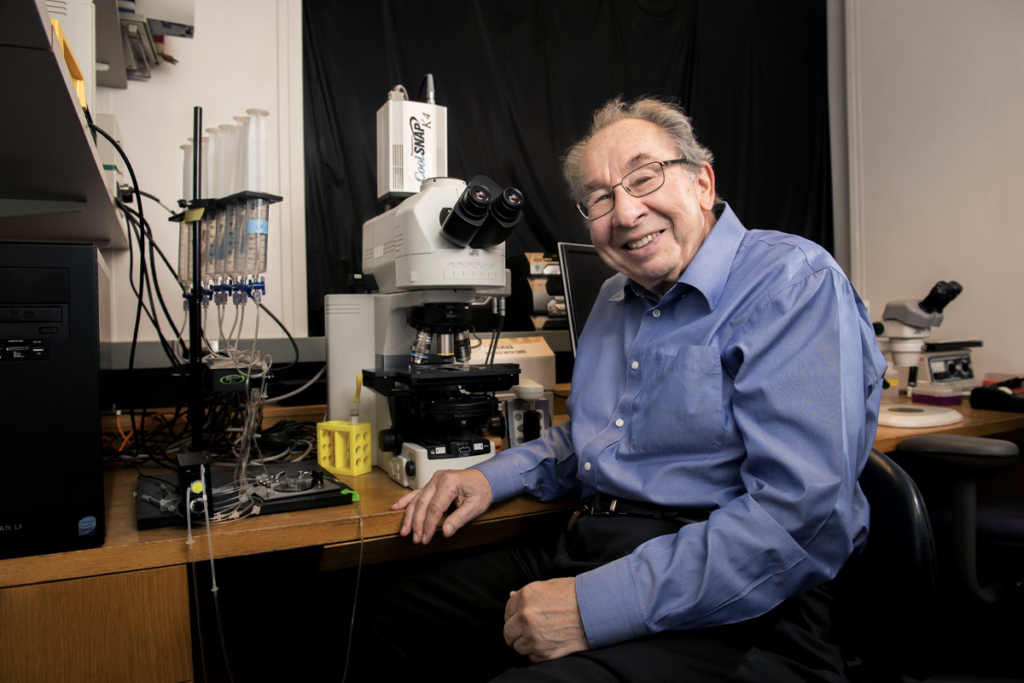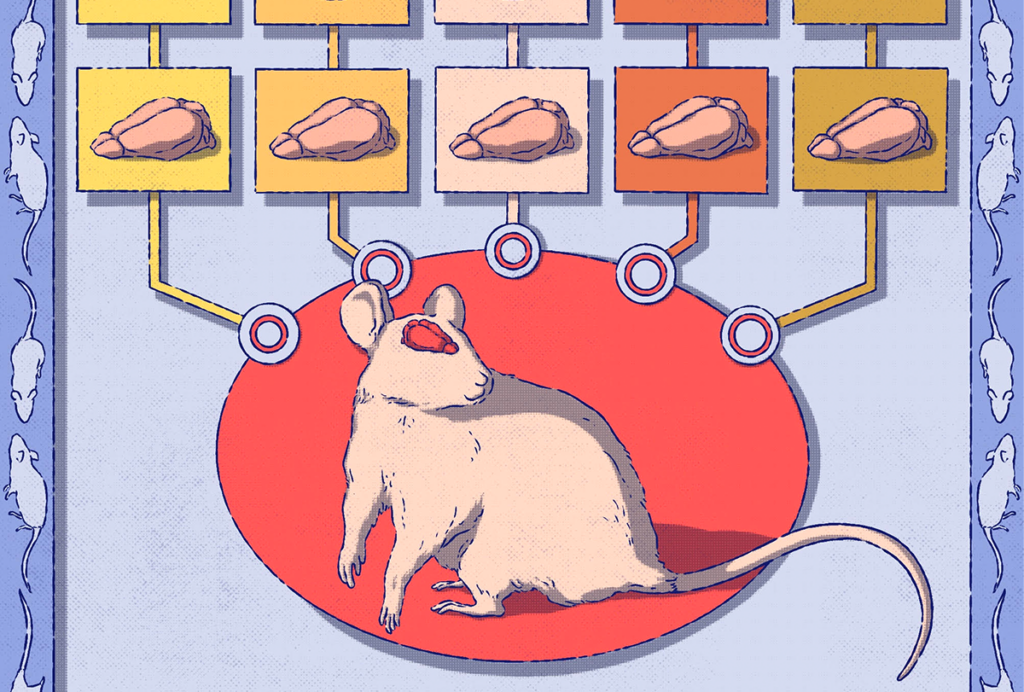The seed for Neurotree was planted during a lab meeting when I was a graduate student. We were discussing two papers promoting different ideas about the circuits that underlie complex cell function in the visual cortex, and my adviser, Jack Gallant, noted that the papers derived from two groups of researchers, each of which could trace its training back to two different labs. We found it illuminating to trace out on a scrap of paper who had trained with whom and see how the two schools of thought had formed—and to think about how experience and context shape how we as neuroscientists develop our experiments and conceptual models.
Soon after, my labmate Ben Hayden and I decided to broaden those efforts: We put the tangled network of visual neuroscience PIs and their graduate and postdoctoral trainees into a database, so that we could more easily browse the “family tree” of mentoring relationships. Tracing our own intellectual heritage back in time turned out to be a fascinating exercise: We discovered that we weren’t so distant from those whom we perceived as mythical founders of our field.
We quickly realized that the neuroscience network extended well beyond our immediate field, and that the database could benefit from the collective knowledge of our friends and colleagues. After a few weeks of not telling our adviser exactly how we were spending our time, we launched Neurotree, a home-brewed website with a simple interface to visualize and navigate the academic genealogy. Any user with a little extra time and knowledge was—and still is—invited to add themselves or their colleagues to the Neurotree site. Every contribution to the project increases its value as a resource.

